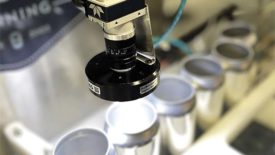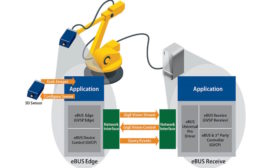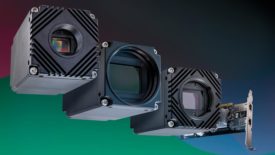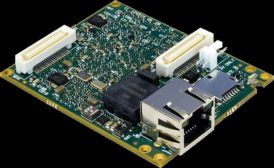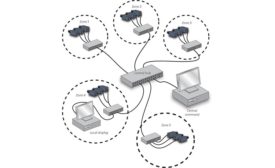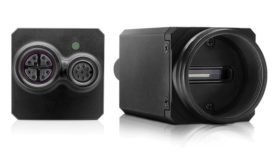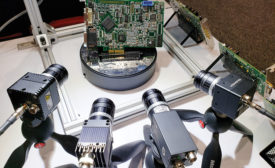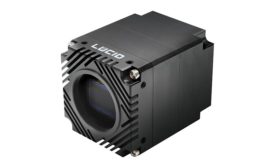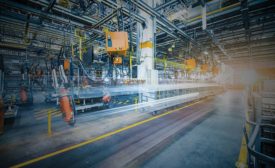Home » Keywords: » GigE
Items Tagged with 'GigE'
ARTICLES
Vision & Sensors | Standards
Standardization and interfaces within machine vision.
Read More
Vision & Sensors | Standards
Today’s GigE Vision Standard and a Look Ahead to GigE Vision 3.0
GigE Vision has been widely adopted in various machine vision applications, including manufacturing, robotics, traffic surveillance, medical imaging, and more.
April 30, 2024
Vision & Sensors | Camera Interfaces
RDMA with 10GigE Cameras
High-speed, Maximum Reliability
February 2, 2024
Developments in Machine Vision Camera Interfaces
A number of data transfer hardware interfaces have been developed specifically for the machine vision sector over the years, including cameralink, GigE vision, USB3 vision, CoaXpress and Cameralink HS.
November 30, 2020
Applying the CoaXPress Interface in Multi-Camera Machine Vision Systems
Multiple camera systems have been a fixture in machine vision for decades. What is new is the use of CXP.
January 1, 2020
Avoid Costly Missteps When Selecting a Machine Vision Interface—Now and in the Future
Selecting a machine vision interface represents a long-term investment and is always application-specific.
January 1, 2019
Stay in the know with Quality’s comprehensive coverage of
the manufacturing and metrology industries.
eNewsletter | Website | eMagazine
JOIN TODAY!Copyright ©2024. All Rights Reserved BNP Media.
Design, CMS, Hosting & Web Development :: ePublishing

